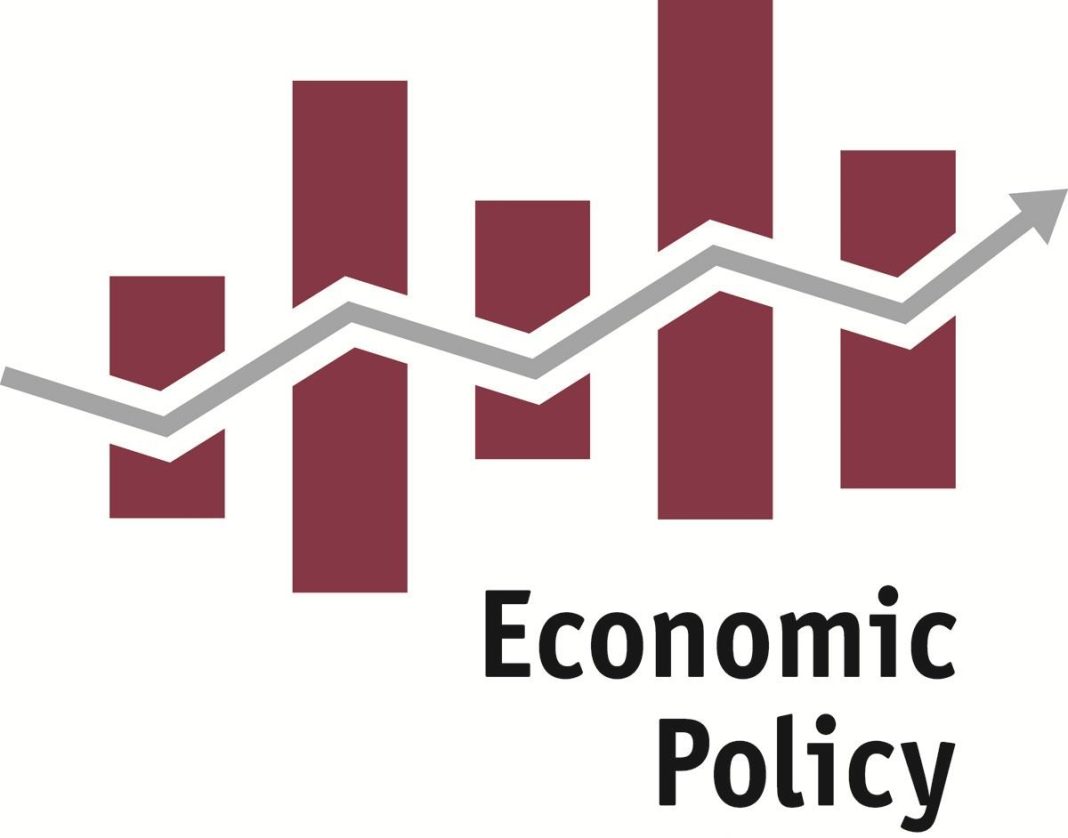In the intricate tapestry of the financial world, where fortunes are built and lost on the ebb and flow of market dynamics, the art of credit risk monitoring stands as a sentinel, guarding against the unseen tides of uncertainty. As economies evolve and financial landscapes shift, the importance of long-term credit risk monitoring emerges not merely as a prudent practice but as an indispensable pillar of financial stability. In this authoritative exploration, we delve into the profound significance of this discipline, unveiling how it serves as the compass guiding institutions through the labyrinth of potential pitfalls and opportunities. By embracing a forward-looking approach, organizations can not only safeguard their financial health but also harness the power of informed decision-making to navigate the complexities of the modern economic environment. Join us as we unravel the critical role of long-term credit risk monitoring in shaping a resilient and prosperous financial future.
Understanding the Foundations of Long-Term Credit Risk
In the intricate world of finance, comprehending the core elements of long-term credit risk is essential for maintaining a robust financial strategy. Long-term credit risk refers to the potential for a borrower to default on their obligations over an extended period. This type of risk can be influenced by a myriad of factors, including economic shifts, changes in interest rates, and the financial health of the borrower. Understanding these elements requires a deep dive into several critical areas:
- Borrower’s Financial Health: A comprehensive analysis of a borrower’s balance sheet, income statements, and cash flow can provide insights into their ability to meet long-term obligations.
- Economic Conditions: Monitoring macroeconomic indicators such as GDP growth, unemployment rates, and inflation can help predict potential impacts on credit risk.
- Market Trends: Staying informed about industry-specific trends and potential disruptions can aid in anticipating shifts in credit risk.
By diligently examining these foundational aspects, financial institutions can better predict and mitigate the risks associated with long-term lending, ensuring a more stable and secure financial environment.
Key Metrics and Tools for Effective Credit Risk Monitoring
In the realm of credit risk management, certain metrics stand out as pivotal for maintaining a robust monitoring system. Probability of Default (PD), Loss Given Default (LGD), and Exposure at Default (EAD) are the cornerstones of any effective credit risk assessment framework. These metrics allow financial institutions to gauge the likelihood of a borrower defaulting, the potential loss in such an event, and the total exposure at the time of default. Together, they form the backbone of credit risk modeling, enabling organizations to make informed decisions and mitigate potential risks.
Equally important are the tools that facilitate this monitoring. Advanced analytics platforms and machine learning algorithms have revolutionized the way credit risk is assessed. By leveraging these technologies, institutions can process vast amounts of data to identify patterns and predict future risks with greater accuracy. Additionally, credit scoring systems and risk management software provide invaluable insights and real-time updates, ensuring that risk managers can respond swiftly to any changes in a borrower’s creditworthiness. Utilizing these tools effectively can mean the difference between proactive risk management and reactive damage control.

Strategic Approaches to Mitigating Long-Term Credit Risks
To effectively mitigate long-term credit risks, businesses must adopt a strategic approach that encompasses both proactive and reactive measures. Proactive strategies involve rigorous credit assessment processes, where potential borrowers are evaluated based on comprehensive criteria, including their financial history, market position, and future earning potential. Implementing advanced analytics and AI-driven models can enhance these assessments by identifying patterns and predicting future credit behavior. Additionally, maintaining a diversified credit portfolio can spread risk and reduce the impact of potential defaults.
Reactive strategies focus on ongoing monitoring and adjustment. Establishing a robust credit monitoring system allows for real-time tracking of borrowers’ financial health, enabling early detection of potential issues. This can be complemented by setting up a responsive credit policy framework that allows for quick adjustments in credit terms or limits when warning signs appear. Key elements of this framework include:
- Regularly reviewing and updating credit policies to reflect current market conditions.
- Engaging in continuous dialogue with borrowers to understand their evolving financial situations.
- Implementing contingency plans for different risk scenarios, ensuring preparedness for adverse events.
By integrating these strategic approaches, businesses can not only safeguard their financial interests but also foster a resilient credit environment that supports sustainable growth.

Building a Resilient Framework for Sustainable Financial Health
In the ever-evolving landscape of finance, the ability to anticipate and manage credit risk over the long term is crucial for maintaining a robust economic ecosystem. Proactive credit risk monitoring not only safeguards financial institutions but also fortifies the entire market against potential disruptions. By leveraging advanced analytics and data-driven insights, organizations can identify early warning signals and adapt strategies to mitigate potential risks before they escalate into significant financial setbacks.
To build a resilient framework for sustainable financial health, consider integrating the following strategies:
- Dynamic Risk Assessment: Regularly update risk models to reflect current market conditions and emerging trends.
- Data Integration: Utilize comprehensive data sources to gain a holistic view of credit portfolios.
- Predictive Analytics: Implement machine learning algorithms to forecast potential credit defaults.
- Stakeholder Collaboration: Foster open communication channels with stakeholders to share insights and strategies.
By embedding these strategies into the financial framework, institutions can not only withstand economic fluctuations but also seize opportunities for growth, ensuring long-term stability and prosperity.





